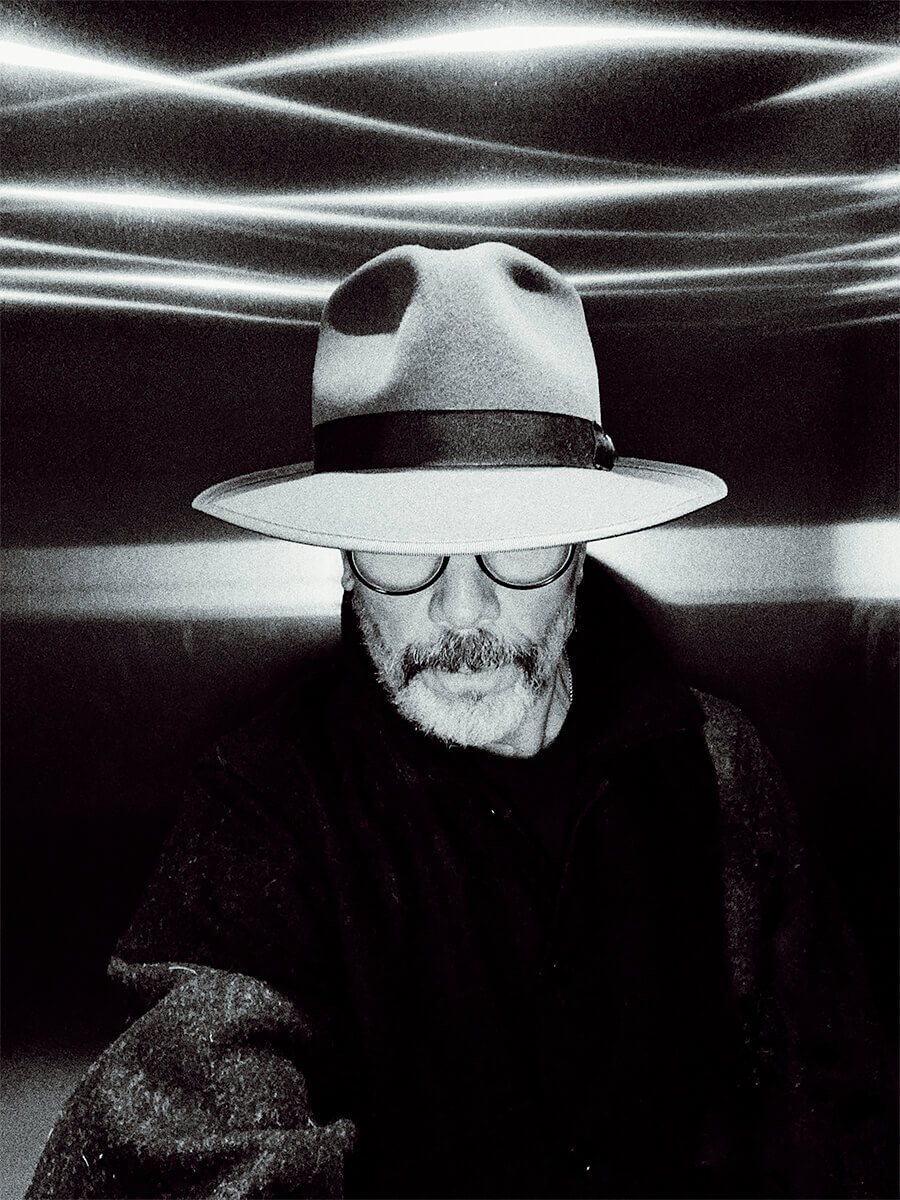Over the years, Jeff Corwin has taken photos out of a helicopter, in jungles, on oil rigs and an aircraft carrier. Assignments included portraits of famous faces, including Bill Gates and Groucho Marx and photos for well-known corporate clients like Microsoft, Apple, Rolls-Royce and Time/Life. After 40+ years as a commercial photographer, Corwin has turned his discerning eye to fine art photography, primarily landscape vistas.
He carried his same vision forward, his desire and ability to see past the clutter and create photographs grounded in design. Simplicity, graphic forms, strong lines or configurations that repeat are what personally resonate - a reaction to experience, spirit and instinct. Visual triggers are stark and isolated vistas: a black asphalt road cutting for miles through harvested wheat; an empty, snowy field with a stream creating a curve to a single tree; or a small barn, the roof barely visible above a barren hillside.
Trusting his vision is important to Corwin. He has always kept the same approach, the same eye, looking for and adding to the visual qualities that arrest him. This holds true even in his non-landscape work. He cites his mentor Arnold Newman and the works of Piet Mondrian and Edward Hopper as inspiration.
His experience has taught him not to second guess elements like composition or content. Humble shapes, graphic lines. Eliminate clutter. Light when necessary. Repeat.
His commercial work has won many prestigious awards and garnered vast international media coverage. Corwin's career shift into fine art photography is being met with the same serious attention. He is currently exhibiting in several important contemporary galleries throughout the western United States.
Statement
"
Before I started to devote myself full time to my personal work, I spent 40 years in the world of commercial photography. The majority of my clients were ad agencies and graphic design firms. My photographic focus was on corporate offices, factories, oil refineries and aerospace companies with dark busy manufacturing facilities. I learned that my job title was not "photographer." What I really was - a problem solver. Over the first few years, I developed a style that, with the help of artificial lighting, helped me to see past the clutter and create photographs that were more design than immediately recognizable objects. I worked with whatever was there, all the mundane things that most people walk by or do not notice. I saw great imagery in graphic shapes, shapes that repeat, like patterns in ceilings from ugly fluorescent lights or rows of desks or chairs. It was a created opportunity instead of found.
I became known as the photographer to send into hell-holes to bring back the goods (a blessing and a curse). Graphis Magazine once used a quote of mine: "It's amazing how much time I spend lighting, just to get things dark enough." Absolutely true! Once I got past that particular hurdle, I was able to move on to subjects that had real possibilities and make them look even better. But I kept the same thought process, the same eye, looking for and adding to the graphic qualities. (A special shout out to mentor Arnold Newman and the works of Piet Mondrian and Edward Hopper.)
On to my current images - landscapes. While certainly not working with the same control I had in the advertising world, it provides, in some ways, more. Or perhaps I should simply different. What I have found is that I could bring the same vision I used for my commercial work into my landscape work. In fact, I do not think I really had a choice. The work I do now is 100% informed by my experience shooting for clients. I see how I see and, after 40+ years of making photographs, it seems foolish to try and change now. I trust that what I have learned works. I have even brought artificial light into the landscapes!
Simple shapes, graphic lines, eliminate clutter. Light when necessary. Repeat."
Galleries
Courtney Collins Fine Art
Stapleton Gallery
Echo Arts
Westward Gallery
